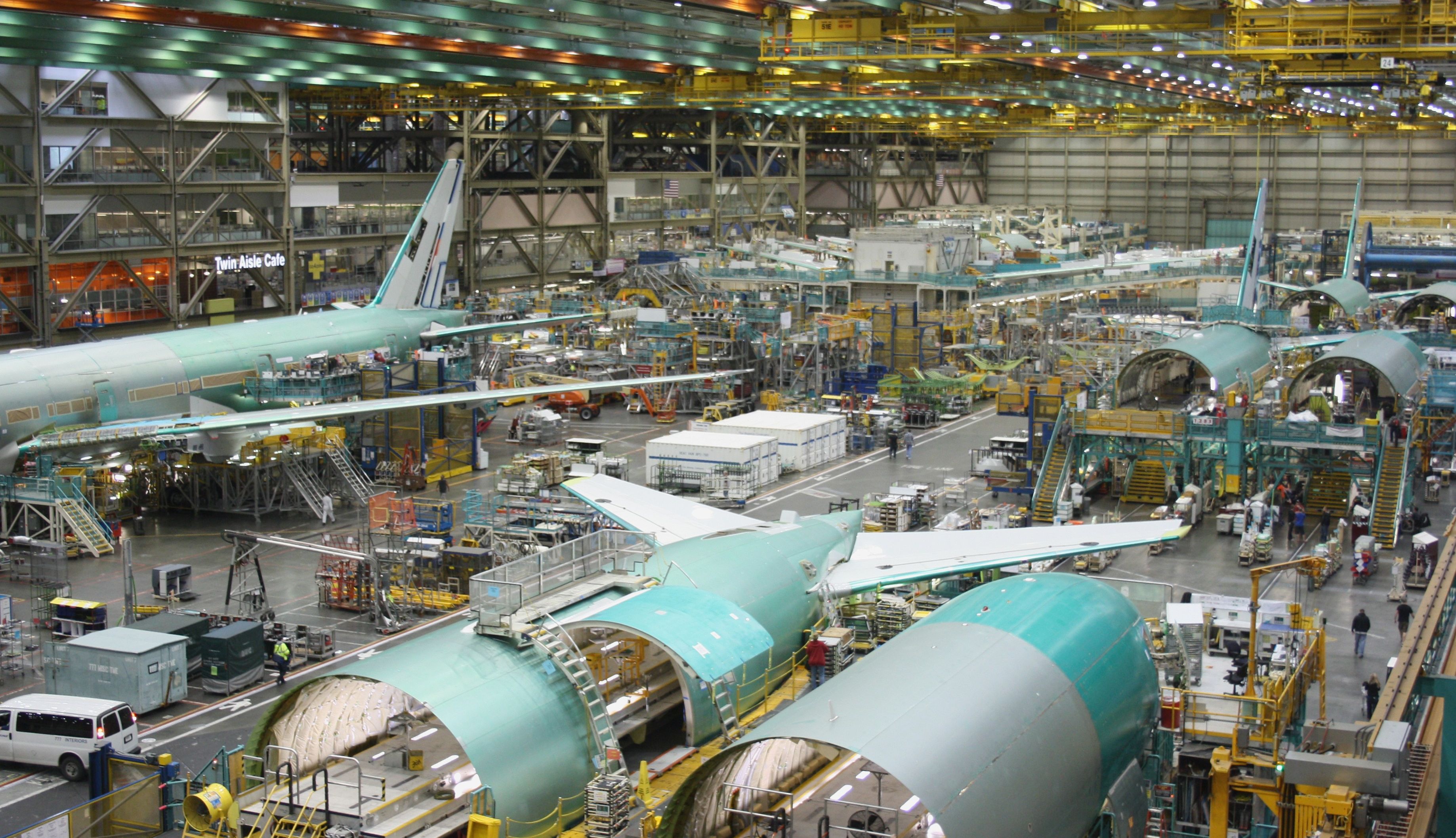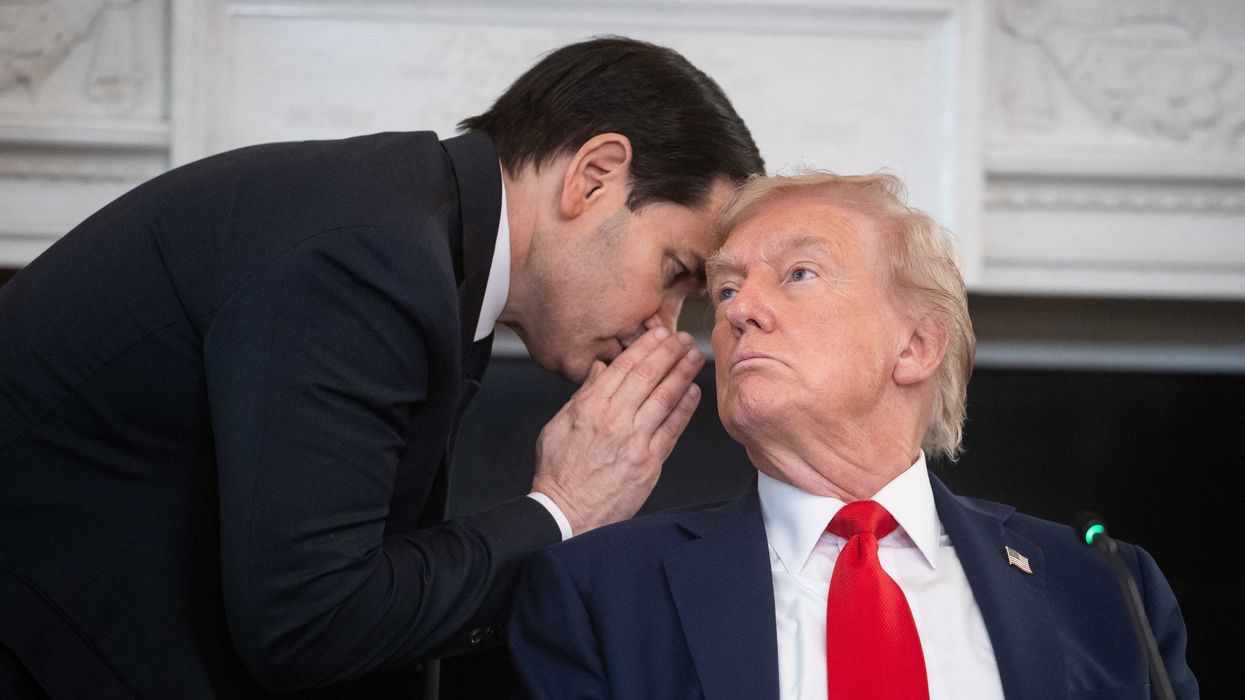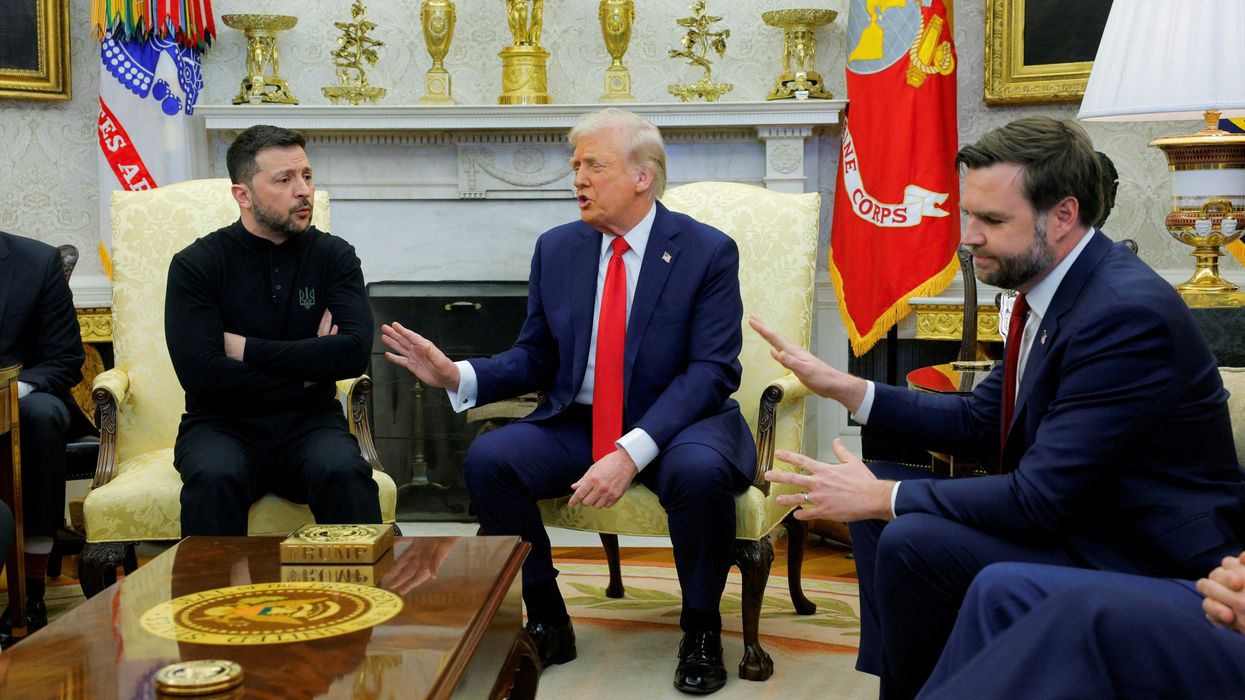As the U.S. and Iran engage in fraught rounds of nuclear talks, deep distrust, past failures, and mounting pressure from opponents continue to hinder progress. Washington has reverted to its old zero-enrichment stance, a policy that, in 2010, led Iran to increase uranium enrichment from under 5% to 20%. Tehran remains equally entrenched, insisting, “No enrichment, no deal, No nuclear weapons, we have a deal.”
In Washington, the instinct is to tighten the screws on Tehran, make military threats credible, and explore strike options to force capitulation. Yet history shows that these coercive tactics often fail. Sanctions have not secured compliance and have proven costly to U.S. interests. Military strikes are unlikely to dismantle Iran’s nuclear capabilities; instead, they risk convincing Tehran to pursue the development of nuclear weapons.
Breaking this impasse requires a strategic pivot from punishment to pragmatic economic engagement. Economic incentives are not rewards; they are essential diplomatic tools. By directly linking benefits to verified nuclear compliance, Washington can foster real cooperation and strengthen U.S. security. And it would be a real boon for both U.S. and Iran markets, which have been closed off from each other for decades.
The limits of sanctions-only diplomacy
The sanctions-first strategy sought to convert foreign economic pressure into domestic political upheaval, forcing political capitulation. In reality, sanctions have impoverished ordinary Iranians without significantly altering the regime’s calculus. Rather than capitulation, Iran has advanced its nuclear capabilities and developed a sophisticated sanctions-evasion network.
Despite significant economic hardship, Iran has maintained a modest annual economic growth rate of 4% since 2020. However, this growth conceals more profound economic challenges. Persistent inflation ranging from 30% to 40% and budget deficits between 20% and 25% have forced the government into unsustainable financial practices, such as printing money and imposing heavy taxes on the private sector, which worsen the country’s ongoing stagflation. Although sitting on some of the world’s largest energy reserves, Iran struggles with significant energy inefficiencies and shortages due to a lack of investment.
With no viable domestic political backlash, Iran’s leadership prefers “resistance” to capitulation with no payoff, calculating it can outlast sanctions as long as no real benefits are on offer. To change this calculation, the U.S. must offer targeted economic advantages to Iranian elites and citizens, creating domestic pressure for compliance and coexistence. This does not mean abandoning sanctions or rewarding adversarial behavior; rather, it involves strategically linking economic gains to verified nuclear restrictions.
By clearly tying diplomatic compliance to tangible economic improvements, Washington can build powerful constituencies in both countries committed to preserving the deal. I explain this in a new brief for the Quincy Institute entitled, "The Economic Dimensions of a Better Iran Deal."
Economic engagement as a catalyst for change
A growing number of Iranian elites now believe that unlocking Iran’s geo-economic potential and addressing escalating economic challenges hinges on the U.S. economic engagement. While military-linked hardliners resist any economic ties with America, most elites have reluctantly recognized that even under a JCPOA-like deal, partnerships with non-U.S. economies remain fragile without U.S. involvement.
Hardliners understand that greater openness would erode the power of military-linked conglomerates and undermine the rationale of economic militarization. Meanwhile, moderates acknowledge that Iran’s economy requires a durable deal that includes strong American constituencies with vested interests in maintaining sanctions relief.
Targeted economic incentives could deepen these elite divisions and pressure Tehran toward compliance.
A flexible, incentive-driven framework
A practical step includes launching an economic dialogue parallel to the technical nuclear discussions to explore options for selectively opening Iran’s substantial consumer market to American businesses. Even without fully repealing primary sanctions laws, President Trump can selectively license up to $25 billion in annual U.S. exports and enable U.S.-owned subsidiaries to engage with up to $4 trillion in untapped Iranian investment opportunities by 2040.
Licensing up to $25 billion annually in U.S. exports, particularly in aviation, agriculture, and automobiles, could create and sustain over 200,000 American jobs each year. Beyond this $25 billion export figure, Iran needs to immediately import approximately $180 billion worth of equipment and machinery to renovate just 30 percent of its outdated industrial base, $50 to $60 billion to expand and upgrade its electric transmission and distribution systems, and another $60 billion to modernize and expand its rail network. If permitted, these imports could be sourced primarily from the U.S. market.
Facilitating these exchanges provides durable incentives for both sides. Reinstating Boeing deals could revitalize manufacturing hubs in Washington and South Carolina. Similarly, American farmers, especially in the Midwest, would directly benefit from increased agricultural exports to Iran, where billions of dollars’ worth of staple commodities such as soybeans and corn are consistently imported.
Beyond immediate trade benefits, Washington can authorize a new General License H, providing a five-year window for U.S.-owned subsidiaries to operate in Iran’s designated sectors. With the largest untapped market in the Middle East, without sanctions, Iran could add $600 billion to $1 trillion in GDP by 2040. Meeting these goals requires $2.3 to $4 trillion in capital by 2040. Allowing indirect American investments, without repealing primary sanctions laws, provides a pragmatic, politically feasible pathway to integrate Iran’s economy into a broader regional economic network. As the payback period for most Iranian projects with a high return rate is less than five years, if compliance endures, it can be extended or evolve into permanent relief. It gives U.S. businesses a foothold while preserving leverage.
Engaging regional partners such as Saudi, Oman, Qatar, and the UAE to participate in joint ventures with American subsidiaries could further amplify the deal’s economic and geopolitical benefits. This regional economic cooperation would bolster stability across the Persian Gulf and raise Iran's costs if it breaches compliance terms, significantly strengthening diplomatic leverage.
A dynamic “snap-forward” mechanism could also be introduced, allowing Iran’s economic openings to accelerate as Tehran demonstrates sustained compliance and cooperation. This incentive-driven approach contrasts sharply with the reactive, punitive “snap-back” sanctions of previous agreements, creating a positive, mutually reinforcing cycle of compliance and reward.
Anchoring nuclear diplomacy in economic incentives offers U.S. policymakers a chance to achieve security goals that decades of coercion alone have failed to deliver. When tied to verifiable compliance, economic benefits become powerful leverage to force sustained Iranian compliance. Now, Washington faces a choice: double down on a sanctions-driven strategy with a track record of failure, or embrace a smarter, incentive-based policy that brings nuclear security, regional stability, and economic gains for American workers.
It’s time to recognize the limits of sanctions-only diplomacy and prioritize economic engagement as the foundation of a more effective Iran strategy for lasting security and diplomatic stability.
- Killing the Iran nuclear deal was one of Trump's biggest failures ›
- Reviving the Iran nuclear deal is the key to regional stability ›
- MAGA influencers want an Iran deal and for hawks to shut up ›
- Rupert Murdoch 'all over Trump all the time' about Iran | Responsible Statecraft ›
- Activists blast Schumer for trying to 'out hawk' Trump on Iran | Responsible Statecraft ›
- US-UK issuing rare warnings, evacuations in the Middle East | Responsible Statecraft ›
- Israel and US have chosen war, unleashing fresh economic pain | Responsible Statecraft ›
















